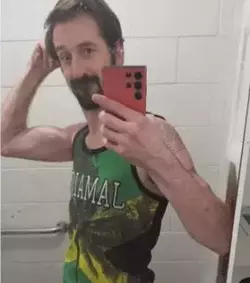Interesting...
@Null found some interesting stuff on Minnesota BWC rules.
Court Evidence: If BWC footage is presented as evidence in court, it becomes public under Minnesota Statute 13.82, subd. 7, and must be retained until the case, including appeals, is fully resolved. Retention may extend beyond this if required by the agency’s retention schedule or federal obligations.
The Kandiyohi County Sheriff's Office implemented its BWC program following a public hearing in January 2018, with policies approved by the Kandiyohi County Board of Commissioners by early 2018. The policy was developed to comply with Minnesota Statute 626.8473, which requires public comment and written policies before implementing BWC programs.
The Sheriff's Office policy emphasizes that BWC footage is presumptively private unless specific conditions make it public (e.g., use of force resulting in substantial bodily harm, court evidence, or data subject consent). Footage is used primarily to capture evidence from police-citizen encounters, and access is restricted to peace officers and law enforcement employees for legitimate purposes.
[Archive]
Storage and Access: Footage is typically stored in secure, cloud-based systems to ensure data integrity and compliance with the Minnesota Government Data Practices Act (MGDPA). Only portions of footage where a data subject (e.g., an individual recorded) appears are accessible to that subject, with redactions for non-consenting individuals or undercover officers.
Audits: Minnesota law requires biennial independent audits of BWC data to ensure proper classification, use, and destruction, with reports submitted to the Kandiyohi County Board of Commissioners and the Legislative Commission on Data Practices.
Refer to the Minnesota Office of the Revisor of Statutes (
www.revisor.mn.gov) for detailed statutory requirements.




